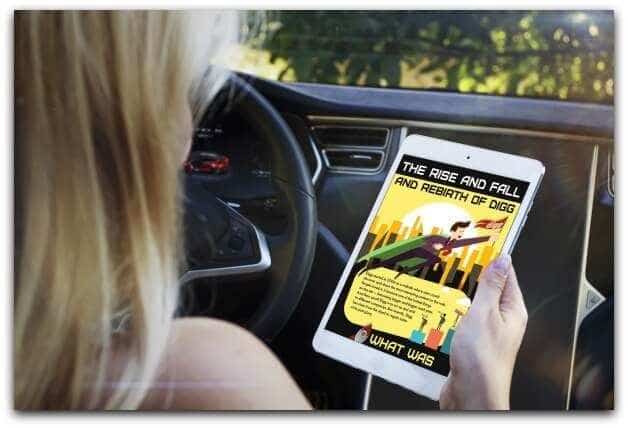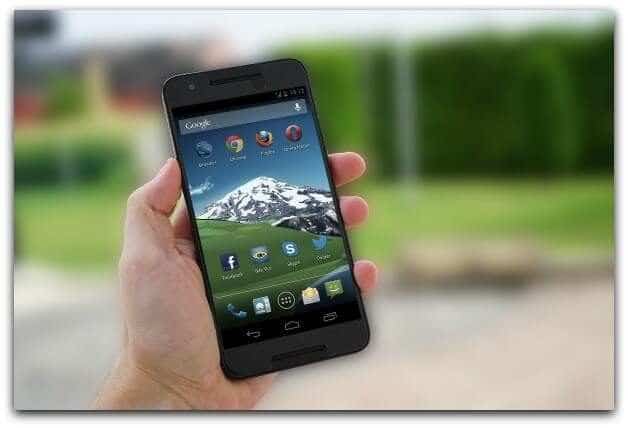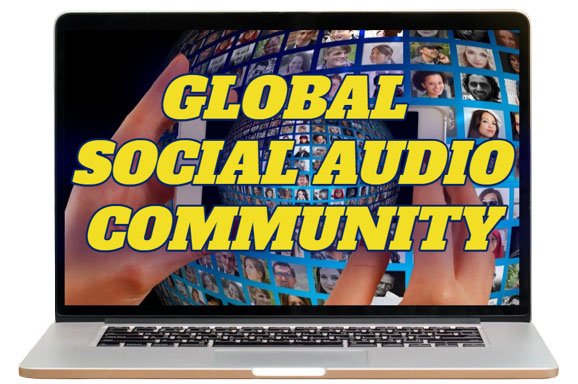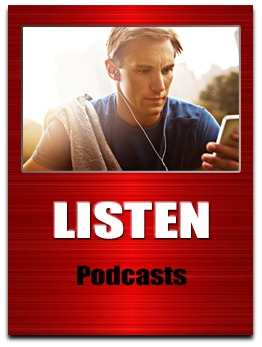
by Keith Keller | Jan 15, 2018 | GUEST BLOG POSTS: Social Media & SEO, Twitter Podcasts
HOW TO CREATE & CURATE POWERFUL CONTENT FOR YOUR TWITTER MARKETING Guest Blog Post By Indra Chandon “HOW TO CREATE & CURATE POWERFUL CONTENT FOR YOUR TWITTER MARKETING”https://t.co/wa5hzxOe7x @IndraChandon @ConvertLeads ((Guest Blog Post)) #MagicMelbournians#TwitterTips4Business#Twitter #Marketing #Success#ContentMarketing #ContentCreation#ContentCuration pic.twitter.com/MSaKwsJuLz — Keith Keller ???? (@KeithKeller) January 24, 2018 Content Creation Versus Content Curation (Video) The whole world is buzzing about Content Marketing - producing great new content to keep you and your brand visible and “top of mind”. For anyone who has a major competitor that spends thousands of dollars creating gorgeous new content every couple of hours, you’ll understand just how impossible content marketing can seem. We have a client with a specialist hair salon. She is a small business competing against a very large prestigious salon in an exclusive suburb that employs a dozen hairdressers. Not only does her rival have a salon in Melbourne, they also have salons in other capital cities too. Online her competitor is the industry leader. For our client, her competitor out publishes her in Content Marketing every time in every channel. So instead of focusing on content creation to keep pace with her competitor, we’ve begun to aggregate and curate other people’s content. Injecting that into her Twitter stream. Watching for content already in circulation that will keep her audience engaged, and that best fits her business goals. The value of aggregating & curating content (1) You are perceived to be relevant and up-to-date in all areas of your industry When it takes you a long time to create your own content, you’ll always be out of...

by Keith Keller | Nov 8, 2016 | GUEST BLOG POSTS: Social Media & SEO
THE RISE & FALL & REBIRTH OF DIGG Guest Blog Post By Sophia Williams There have been many thousands of websites which have come and gone ever since we were all introduced to the internet, with some casualties more high-profile than others. A prime example would be the social sharing site Digg. Digg was launched back in 2004 and quickly established a reputation as the go-to website for users who wanted to discover and subsequently share, some of the most interesting content around. At the peak, Digg was drawing well over 230 million visitors to the site on an annual basis, but the decline was perhaps as spectacular is its ascent, and just two years from hitting record visitor numbers, it had already hemorrhaged over a third of those visitors. This turned Digg into something that was hotter than the sun and there seemed to be no stopping it, racking up ever-increasing visitor numbers as the success story rolled on and the site just grew bigger and bigger. The infographic listed at the bottom of the article illustrates just how Digg managed to get to the top of the internet tree and what caused it to suffer a spectacular fall from grace. Some commentators seemed to view the decline of Digg with an air of inevitability and predicted that the site would become the first to die from what they termed as social fatigue. The argument goes that Digg ultimately failed the first time around because it became a victim of its own success, growing in popularity to such an extent that it reached a point where individuals...

by Keith Keller | Oct 5, 2016 | Twitter Podcasts
Keith Keller & Tracey Gayner talk about how to: CURATE GREAT CONTENT ON YOUR SMARTPHONE OR TABLET Another great podcast from the Twitter Tips 4 Tourism series. In this episode Keith & Tracey talk about two great apps for content curation. NUZZEL www.Nuzzel.com FLIPBOARD www.Flipboard.com Keith Keller: We’ve talked about Buffer, we’ve talked about Dashbird, we’ve talked about Evernote. Let me just briefly explain how I used my Samsung S4. I personally use the desktop PC, most of the time. That’s my model of the world. I love the… I love the functionality of the keyboard, with a big screen and a hard drive. That’s the way I process the world eventually, I’ll put everything in the cloud with Evernote and things like this. That’s the way I work. I have an office in Melbourne, Australia, and I spend a lot of time in that office if I’m not out seeing clients or skyping with clients. So, that means that the way I use an app is totally different. I use it as a bit of a catch up a bit of an “ON THE GO” moment. I don’t do very much work on it. The reason I do apps is to catch up. I check my messages. The Twitter app is actually pretty cool. You can do most things on the… just a very simple twitter app, it’s extraordinary. The apps that I use on that model…so I worked all day and I’m sitting at the beach and I’m having a latte, and I’m thinking, “ok, what articles are thumping it today?...



















